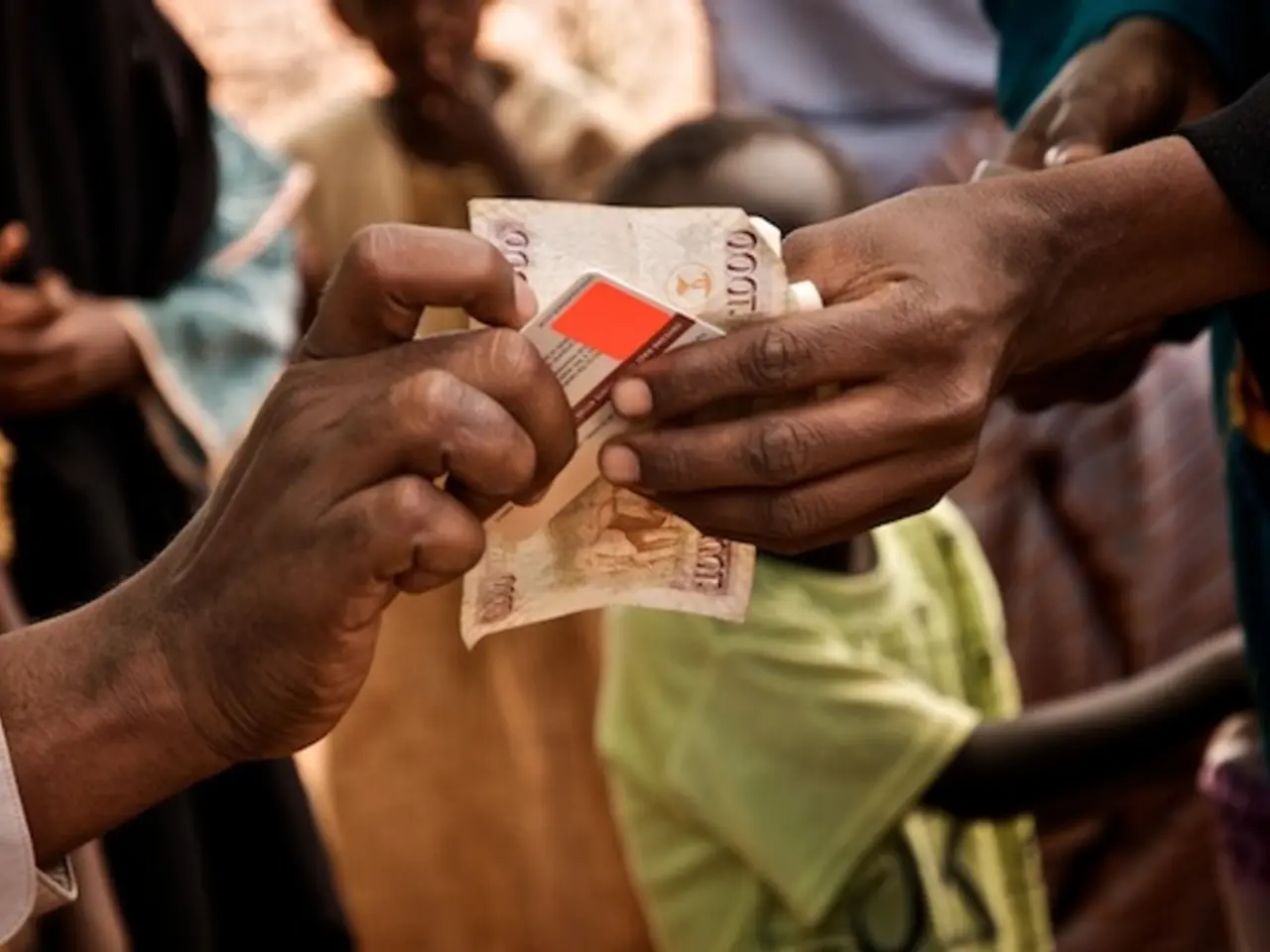Poker Basics: Understanding Pocket Pairs and Playing Strategies
In the world of Texas Hold'em, pocket pairs play a significant role in shaping a player's strategy. These pairs, classified into premium, medium, and small categories, each require a unique approach to maximise their potential.
**Premium Pocket Pairs (AA, KK, QQ, TT):** These pairs are strong and should be played aggressively. Raising preflop is crucial to build the pot and narrow the field, reducing the likelihood of opponents getting a stronger hand on the flop. Overlooking this opportunity can lead to missed opportunities to build a large pot.
**Medium Pocket Pairs (99 to 55):** These pairs should be handled with caution, especially in early positions. They have value if a set is likely, but be prepared to fold if the flop doesn't improve your hand. Raising from middle to late positions is advisable, but avoid raising in early positions unless you're in a strong table position. Overplaying these pairs, especially in early positions or against aggressive opponents, and failing to fold if the flop doesn't hit your set are common mistakes to avoid.
**Small Pocket Pairs (22 to 44):** Generally, these pairs should be avoided from early positions, as they are less likely to win unless you flop a set. In late positions, however, raising to build the pot can be beneficial if you have a good read on your opponents. Raising these pairs too aggressively from early positions or overplaying them in multi-way pots can lead to excessive losses.
**General Tips:** Always consider your position at the table and the dynamics of the game. Adjust your strategy based on the aggression and tightness of your opponents. Be prepared to adapt your strategy as the game progresses and new information becomes available.
**Common Mistakes:** Overplaying weak hands, failing to fold when the flop doesn't improve your hand, and lack of aggression with strong hands are common pitfalls to avoid.
By following these strategies and avoiding common mistakes, you can enhance your gameplay with pocket pairs in Texas Hold'em. In most situations, the strategy with premium pocket pairs is to get as much money as possible before the flop, especially in standard tournament scenarios and cash games where stacks are not too deep. In loose, wild games, mining for sets becomes highly profitable as your implied odds increase significantly.
Remember, the odds of being dealt a pocket pair are about 5,9%, or approximately once every 17 hands. It's not profitable to set mine against an opponent starting a hand with just 20 big blinds or a similar short stack with small pocket pairs. 88% of the time, you won't flop the set you're looking for when playing small pocket pairs.
Premium pocket pairs (QQ - AA) are extremely strong preflop holdings in Texas Hold'em and are often the best starting hands you can have. Pocket pairs are two cards of the same ranking, such as 2-2 or A-A. The odds of flopping a set with any pair are about 1 in 7.5 (or around 12%).
Medium pocket pairs (77 - TT) are in-between hands that are best played heads-up to the flop. If multiple opponents are involved, these hands often need to hit a set to win the pot and will be folded for the most part. Small pocket pairs (22 - 77) are some of the hardest hands to play because they have potential but don't come as frequently as desired. The general plan with small pocket pairs is to see the flop as cheaply as possible, flop a set, and get your opponent's stack when they have an overpair or flop a hand like top pair - top kicker.
When facing multiple opponents, it's important to be aware that overcards on the board can still make your hand strong, but you should also be cautious against aggression and be prepared to fold if necessary. The strategy for medium pocket pairs can vary depending on the situation, and sometimes they should be played as premiums and other times as set-mining hands. Chasing sets with small pairs out of position is not nearly as profitable.
The beauty of poker is that it is such a multi-dimensional game that there can be different approaches to similar spots - but a sound fundamental strategy based on math is where it all starts. The odds of flopping a set with any pair are about 1 in 7.5 (or around 12%). The value of sets diminishes in fairly tight games where it won't be easy to stack opponents even when you flop big. In Hold'em, pocket pairs are a category of starting hands that can be powerful when played correctly but can also lead to significant losses if approached incorrectly.
- In the realm of online gaming, a blog covering casino-gambling trends could discuss the strategic importance of premium pocket pairs in poker, such as AA, KK, QQ, and TT, emphasizing their need for aggressive play and appropriate pot building.
- For those interested in exploring various casino-and-gambling activities, an article focusing on poker could highlight the challenges of handling medium pocket pairs (99 to 55) and offer advice on when to fold in early positions, raise from middle to late positions, or avoid raising altogether in high-aggression scenarios.
- Casinos offering poker games might consider incorporating information about the value of small pocket pairs (22 to 44) into their beginner-level gambler guides. Such resources could explain the importance of playing them cautiously from early positions, capitalizing on late positions to build the pot, and adapting strategies based on opponent behavior.




